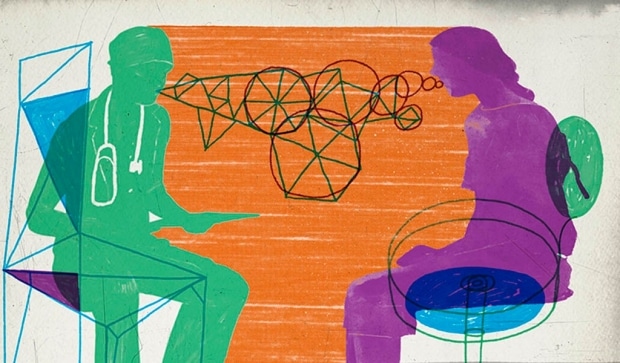High-stakes conversations with patients and families about critical issues call for doctors to consider how their words are interpreted, Stanford researchers and experts say.
As a doctor in the cardiovascular intensive care unit at Lucile Packard Children’s Hospital Stanford, Loren Sacks, MD, sometimes has to give parents awful news about their child’s health. It’s always heart-wrenching, but especially so when the child is dying.
“Part of what I love about working here is that we’re able and willing to try things that may actually let a kid live,” said Sacks, clinical assistant professor of pediatric cardiology at the Stanford School of Medicine. “But hand-in-hand with that is the acknowledgement that some of the things we do are not going to work.”
It’s difficult to tell parents there’s nothing more to be done to save their child, but Sacks takes to heart the responsibility of lifting “some minuscule amount of burden off of a mother and father.” That includes ensuring that the whole care team knows how to help that family navigate through the worst experience of their lives.
“The way we communicate, the words we choose, the tone we use and the emotion we’re able to get across can completely shape the family’s perspective and their experience,” said Marcos Mills, MD, a pediatric cardiology fellow who works with Sacks. “That is, to me, as powerful as anything else we do, because this is an event, a time in this patient’s life, that’s going to be remembered forever.”
Stanford clinicians whose specialties sometimes enfold them into the lives of dying people share that philosophy. But they’re also acutely aware that mishandled conversations with clinicians who aren’t skilled in end-of-life care could keep patients and their families from fully understanding the severity of their illnesses or care options.
Read the full article by PATRICIA HANNON here.


